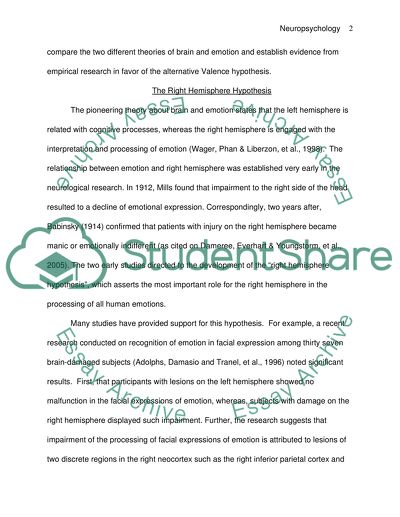Cite this document
(“Emotion Theories Essay Example | Topics and Well Written Essays - 1250 words”, n.d.)
Emotion Theories Essay Example | Topics and Well Written Essays - 1250 words. Retrieved from https://studentshare.org/miscellaneous/1523699-emotion-theories
Emotion Theories Essay Example | Topics and Well Written Essays - 1250 words. Retrieved from https://studentshare.org/miscellaneous/1523699-emotion-theories
(Emotion Theories Essay Example | Topics and Well Written Essays - 1250 Words)
Emotion Theories Essay Example | Topics and Well Written Essays - 1250 Words. https://studentshare.org/miscellaneous/1523699-emotion-theories.
Emotion Theories Essay Example | Topics and Well Written Essays - 1250 Words. https://studentshare.org/miscellaneous/1523699-emotion-theories.
“Emotion Theories Essay Example | Topics and Well Written Essays - 1250 Words”, n.d. https://studentshare.org/miscellaneous/1523699-emotion-theories.


